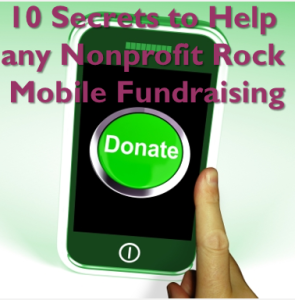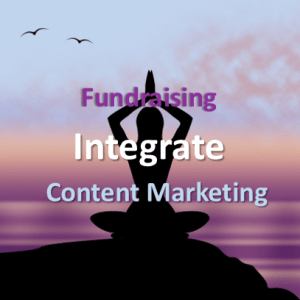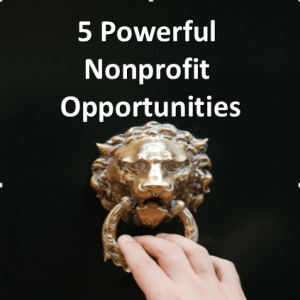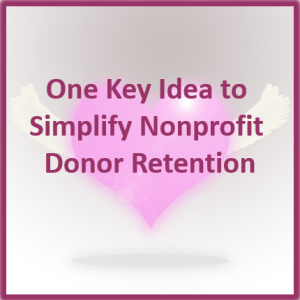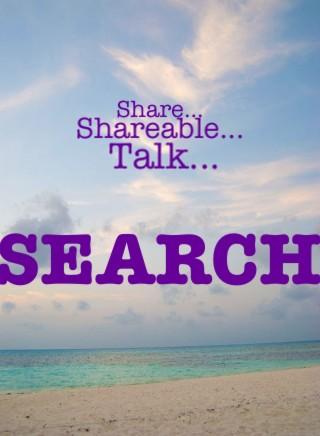
-
I can’t get no…
Fundraisers report that money is the number one reason they leave their jobs [See Part I of this two-part series here]. While I do believe too many fundraisers are underpaid relative to their skill sets and performance, I’ve a hunch it’s not the real chief culprit for fundraiser dissatisfaction. What is?
Guess what? The reason is very similar to why donors leave you. If you read through this article, you’ll learn both (1) how to keep more fundraisers, and (2) how to satisfy, inspire and retain more donors.
Ready?
I gave you a hint in the title. Yup. It’s what Aretha Franklin famously sang about:
R-E-S-P-E-C-T.
It’s not just respect for fundraisers as individuals that’s lacking. It’s respect for their profession. For what it takes to succeed with development in a nonprofit organization. For what it means to be a part of a team — all working together towards the same goal — and why it’s impossible to succeed without a supportive infrastructure and culture.
And by the way, donors won’t thrive absent a supportive culture and infrastructure either. They’re looking to be a part of your community, your family, your way of life. If you won’t give them this warm, fuzzy, connected feeling — they’ll find someone else who will.
So what pre-conditions must be in place for fundraising staff, and donors, to want to stay?






